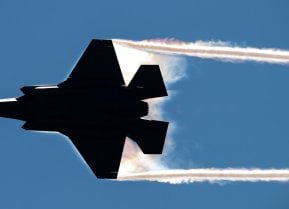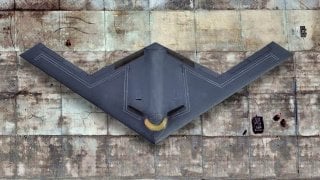The U.S. Air Force Is Falling In Love with the B-21 Raider Bomber
Aviation enthusiasts eagerly awaited the first flight of the B-21 Raider, Northrop Grumman's new stealth bomber, which occurred last November in Palmdale, California.
Summary and Key Points: Aviation enthusiasts eagerly awaited the first flight of the B-21 Raider, Northrop Grumman's new stealth bomber, which occurred last November in Palmdale, California.
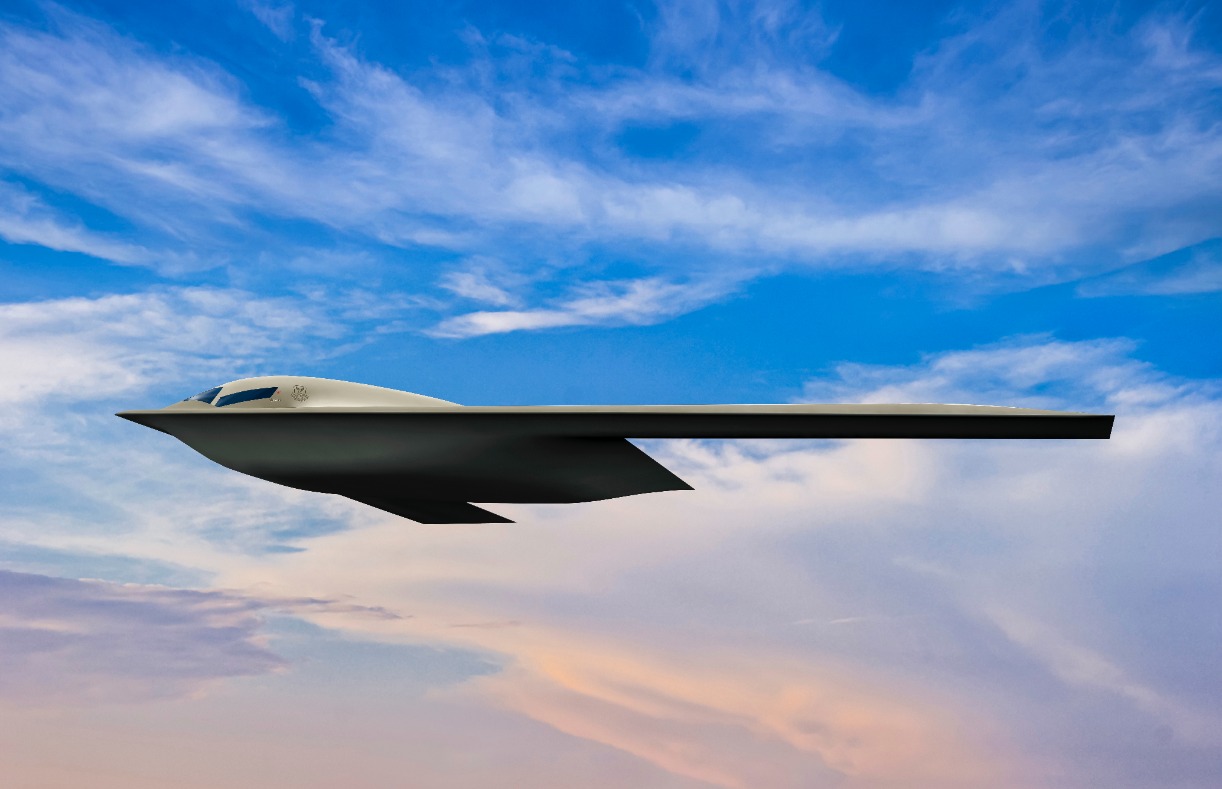
-The B-21, designed to replace the aging B-1 Lancer and B-2 Spirit bombers, promises advanced stealth capabilities, digital integration, and cost-effective production.
-Northrop Grumman has ensured the bomber meets its procurement cost target of $550 million in 2010 dollars.
Inside the B-21 Raider: The Future of US Air Force Bombers
With six test aircraft under construction, the B-21 features next-gen technology, open architecture for easy upgrades, and advanced manufacturing processes. This aircraft aims to be sustainable and adaptable for future military needs.
Aviation buffs are certainly excited about the B-21 Raider, so much so that dozens lined up outside Northrop Grumman's facility in Palmdale, California, for days last November in anticipation of its maiden flight that came just weeks after it began taxi tests.
Though neither the United States Air Force nor the aerospace firm publicized the event, about three dozen aviation enthusiasts and others gathered around Plant 42 and witnessed the flying wing-styled bomber take to the skies. The future backbone of the United States Air Force's bomber force is now on track to meet its key performance parameter for Average Procurement Unit Cost (APUC) of $550 million in Base Year 2010 dollars, Northrop Grumman announced on Tuesday.
The aircraft is now continuing to undergo flight tests, while at least six test aircraft are in various stages of construction. Those aircraft are being built on the same manufacturing lines, using many of the same processes, that will be employed to produce the 100+ production aircraft for the Air Force.
The Raider will gradually replace the aging Rockwell B-1 Lancer and B-2 Spirit bombers now in service. A dual-capable penetrating strike stealth aircraft, the B-21 will be capable of delivering both conventional and nuclear munitions.
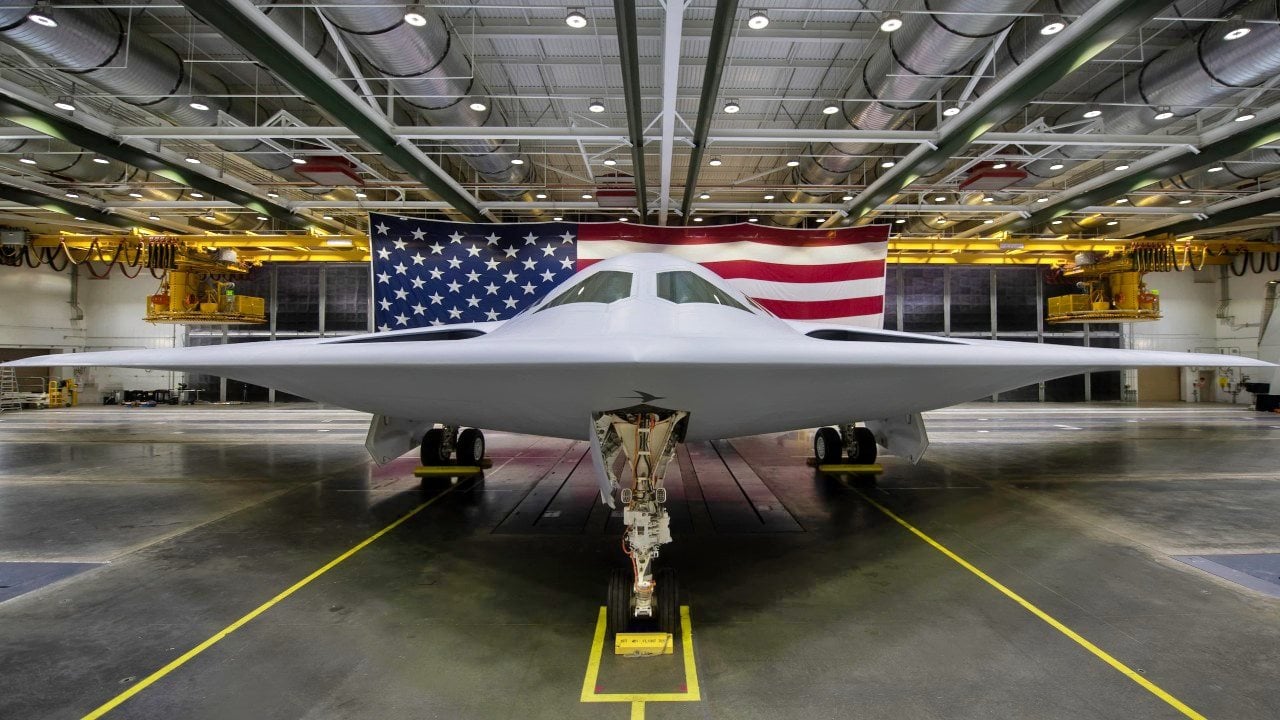
In a release on Tuesday, Northrop Grumman also offered some key factoids about the aircraft.
B-21: It Was Touted as a "Sixth Generation" Aircraft
Northrop Grumman had previously dubbed the bomber to be the first "sixth generation" aircraft as it can easily connect with other aircraft and integrate with future weapons, and it was reaffirmed that the Raider continues to set the standards for sixth-generation technology.
"On the outside, next-gen stealth and advancements in low observable processes will make the aircraft easier and less costly to maintain than prior systems. Inside, the B-21's open architecture will enable rapid upgradability from inclusion of new weapons to software upgrades thanks to advanced networking capabilities and successful cloud environment migration," Northrop Grumman explained.
The Focus is on Building the Aircraft Cost-Effectively
A major problem with the Northrop Grumman B-2 Spirit is that the aircraft proved to be too expensive to produce. The company is ensuring that history isn't going to be repeated with the B-21 Riader.
It explained that a key strategy of the program was to "build a production representative first test aircraft," one that wouldn't be a mere prototype.
"The B-21 test aircraft is equipped with mission systems and was built by the same manufacturing technicians using the same processes and tooling for production aircraft," the aerospace giant emphasized. "The body of knowledge and experience gleaned in the development process supports a smooth transition into production on the path to delivering operational capability."
B-21 Raider: A Truly Digital Aircraft
The B-21 is truly a 21st-century aircraft – a "digital bomber" – as Northrop Grumman utilized agile software development, along with advanced manufacturing techniques, and digital engineering tools to help lessen production risk across the entirety of the program, while it also enabled modern sustainment practices.
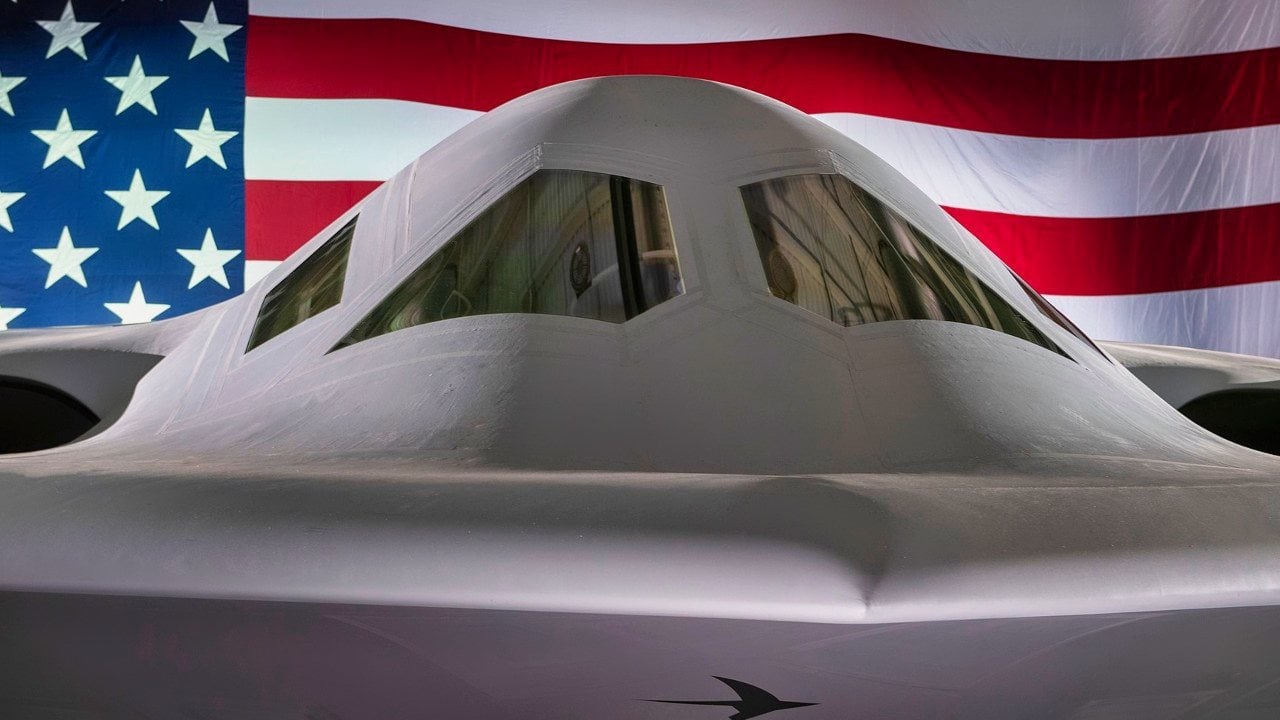
"Ground testing demonstrated the efficacy of digital modeling with results that outperformed industry standards, paving the way for next-gen platforms and systems," Northrop Grumman explained.
Northrop Grumman and the Air Force have already successfully demonstrated the migration of B-21 ground systems data to a cloud environment. That demonstration included the development, deployment, and test of B-21 data, including the B-21 digital twin, that will support B-21 operations and sustainment – whilst the robust cloud-based digital infrastructure promises to result in a more maintainable and sustainable aircraft with lower-cost infrastructure.
Advanced Manufacturing
As noted, the B-21 Raider's production has already embraced the benefits of advanced manufacturing, while it is using the same production lines and tools, and is being produced by the same engineers who will build the production aircraft.
"Northrop Grumman invested in a digital ecosystem for the B-21 throughout the aircraft's lifecycle. From training and augmented reality tools allowing technicians to visualize tasks and solve problems before ever touching the plane, to easing integration of supplier parts on the aircraft, these advancements have reduced risk, supported efficiency and cultivated expertise throughout the manufacturing workforce," Northrop Grumman noted.
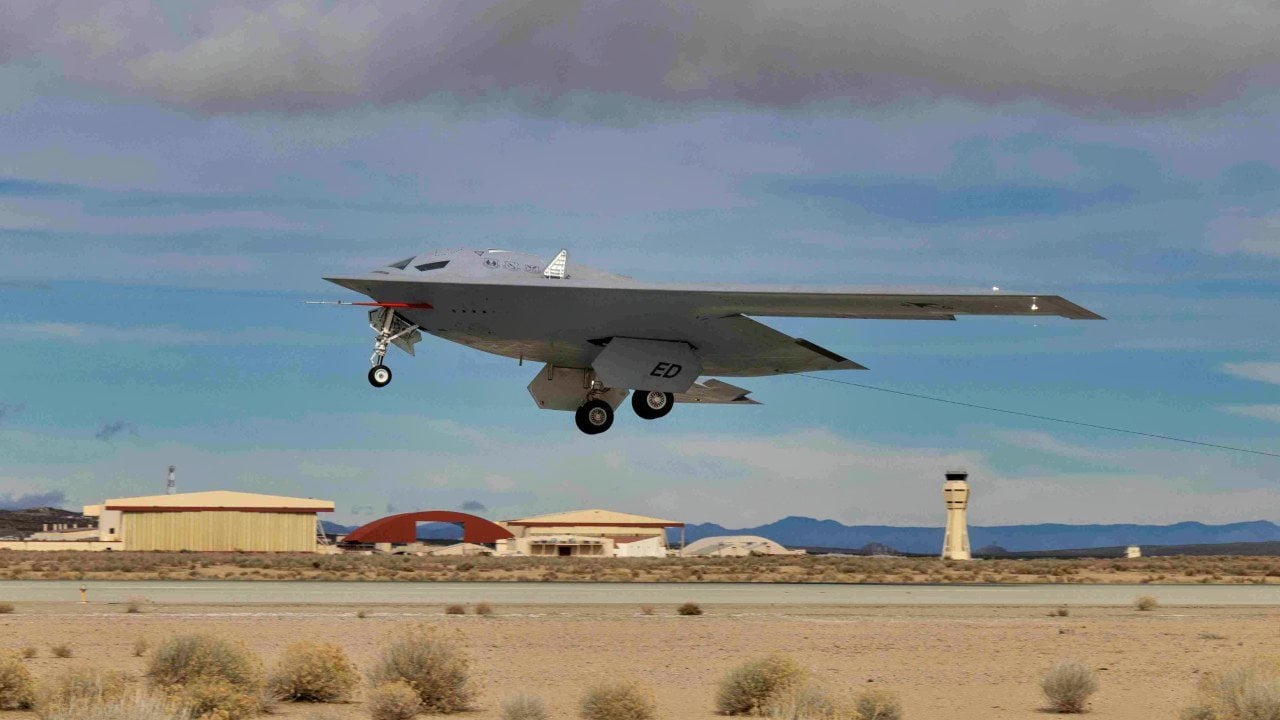
Sustainment Remains at the Forefront
Unlike earlier generation aircraft, the B-21 will not undergo block upgrades, which will help ensure that the aircraft is ready for the challenges of tomorrow and for decades to come. With its open architecture, new technology, capabilities, and weapons will be seamlessly incorporated through agile software upgrades and built-in hardware flexibility.
"Sustainment was a program priority throughout the B-21 program’s design phase," explained the aerospace company. "In addition to driving efficiency over the long term, this approach yields more near-term benefits and sets the B-21 further along on tech data, materiel readiness and training which will benefit the user community upon fielding."
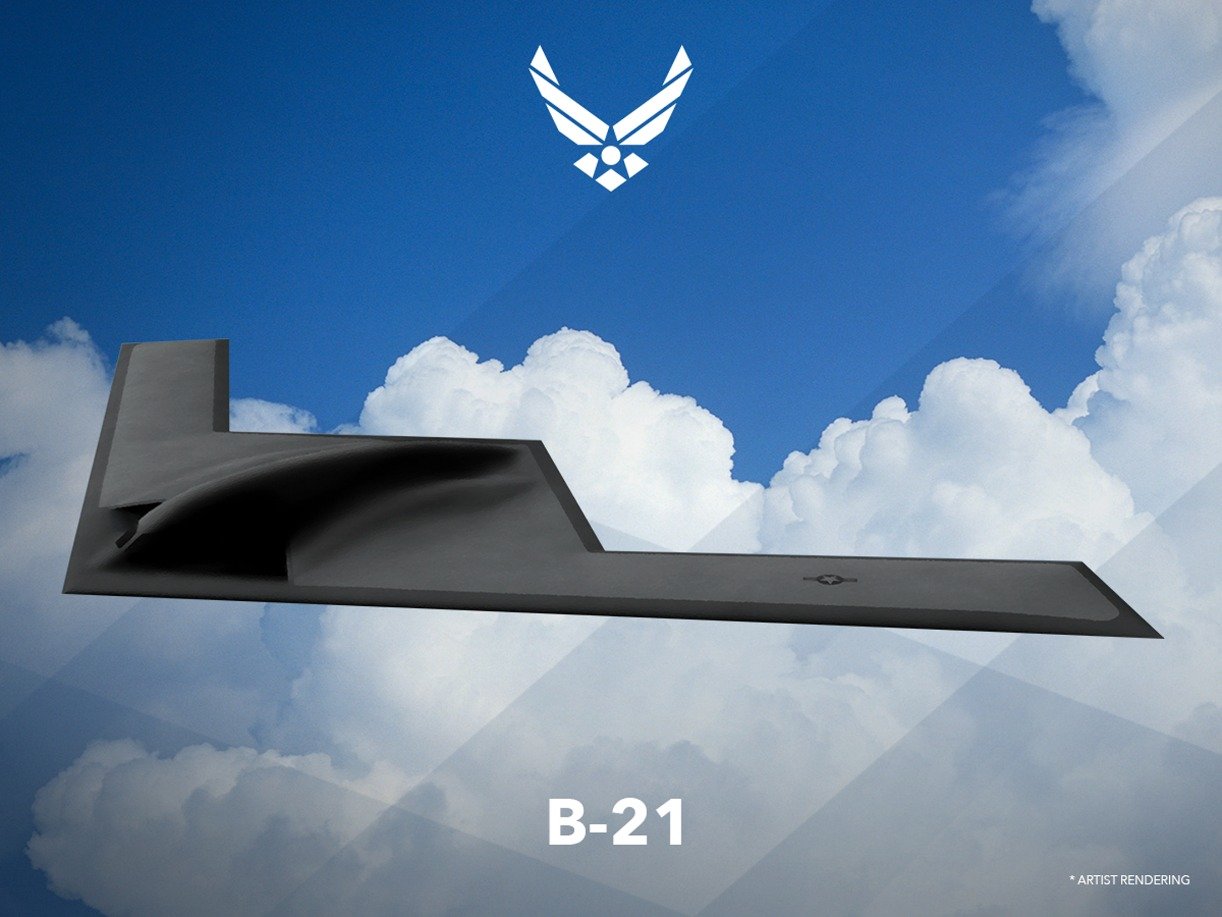
Author Experience and Expertise: Peter Suciu
Peter Suciu is a Michigan-based writer. He has contributed to more than four dozen magazines, newspapers, and websites with over 3,200 published pieces over a twenty-year career in journalism. He regularly writes about military hardware, firearms history, cybersecurity, politics, and international affairs. Peter is also a Contributing Writer for Forbes and Clearance Jobs. You can follow him on Twitter: @PeterSuciu. You can email the author: [email protected].
All images are Creative Commons.
From The Vault
